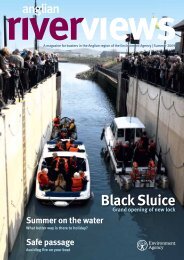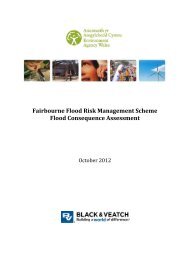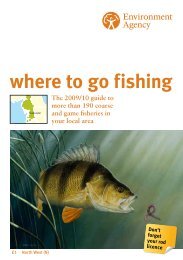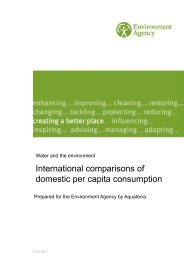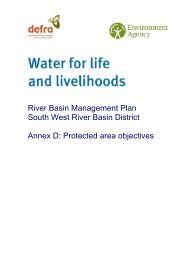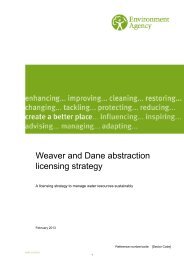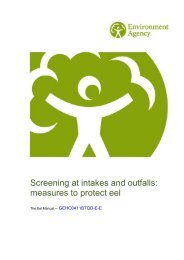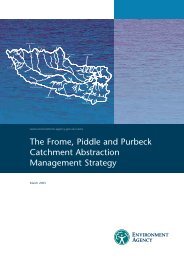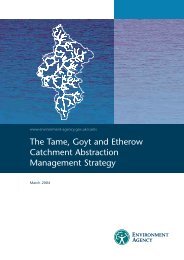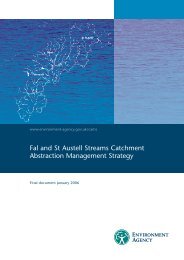Karenia mikimotoi
Karenia mikimotoi
Karenia mikimotoi
You also want an ePaper? Increase the reach of your titles
YUMPU automatically turns print PDFs into web optimized ePapers that Google loves.
Table 2. Diatoms reported to have had harmful effects on aquaculture and<br />
natural fisheries. From Smayda (2006) where specific effects are detailed. None<br />
of these is known to affect human health due to direct contact or via aerosols.<br />
Cerataulina pelagica Leptocylindrus minimus<br />
Chaetoceros concavicornis Rhizosolenia chunii<br />
Chaetoceros convolutus Skeletonema costatum<br />
Chaetoceros debilis Thalassiosira aestivalis<br />
Chaetoceros socialis Thalassiosira diporocyclus<br />
Chaetoceros wighami Thalassiosira mala<br />
Corethron criophilus Thalassiosira rotula<br />
Coscinodiscus wailesii<br />
Chaetoceros concavicornis and Chaetoceros convolutus have adverse effects on<br />
finfish in the NE Pacific, causing distress or death. These diatoms have serrated setae<br />
(spines), which cause mechanical damage to the gills. For example, in salmonids the<br />
diatoms become retained in the inter-lamellar spaces of the gills, where they irritate the<br />
goblet cells. This stimulates the over-production and accumulation of mucus on the<br />
respiratory epithlium, which in turn reduces the efficiency of oxygen exchange,<br />
resulting in hypoxia. As few as 5 cells mL −1 seawater may impair oxygen uptake<br />
sufficiently in salmonids to cause mortalities and lower concentrations rendered some<br />
species of salmon more susceptible to bacterial pathogens (Yang and Albright, 1992;<br />
Albright et al., 1993). Other incidents related to the effects of other diatoms on fish are<br />
reviewed in Landsberg (2002).<br />
2.2.1 Effects on human health<br />
There is a report of the diatom Fragilaria striatula possibly causing dermatitis in<br />
professional fishermen in Scotland (Fraser and Lyell, 1963). The skin reaction was<br />
associated with handling ropes and nets, which had become coated with a<br />
mucilaginous layer of the diatom. Bacteria were associated with the diatom growth but<br />
their possible involvement was not investigated. There was a subsequent report of<br />
evidence of F. striatula causing dermatitis in lobster fishermen in the Bardsey sound<br />
area of the Lleyn peninsula, N. Wales (Beer et al., 1968) and this diagnosis was<br />
supported in a follow-up note describing work with a unialgal culture of the diatom<br />
(Beer and Jones, 1969).<br />
This could be classified as ‘occupational exposure’, the symptoms occurring after<br />
frequent and prolonged contact. The possible effect of short-term exposure remains<br />
unknown.<br />
As regards reports of other non-toxic diatoms causing symptoms in humans, the<br />
website of the Environmental Protection Authority of the State of Victoria, Australia,<br />
http://www.epa.vic.gov.au/water/coasts/surf_diatoms.asp advises bathers to be on the<br />
lookout for patches of surf zone diatoms on certain beaches:<br />
“The diatoms which usually make up these patches are not toxic, although they may<br />
cause some irritation to the human body. It is advisable to avoid swimming in dense<br />
patches or at least shower after swimming or surfing”.<br />
4 A Literature review of the potential health effects of marine microalgae and macroalgae



